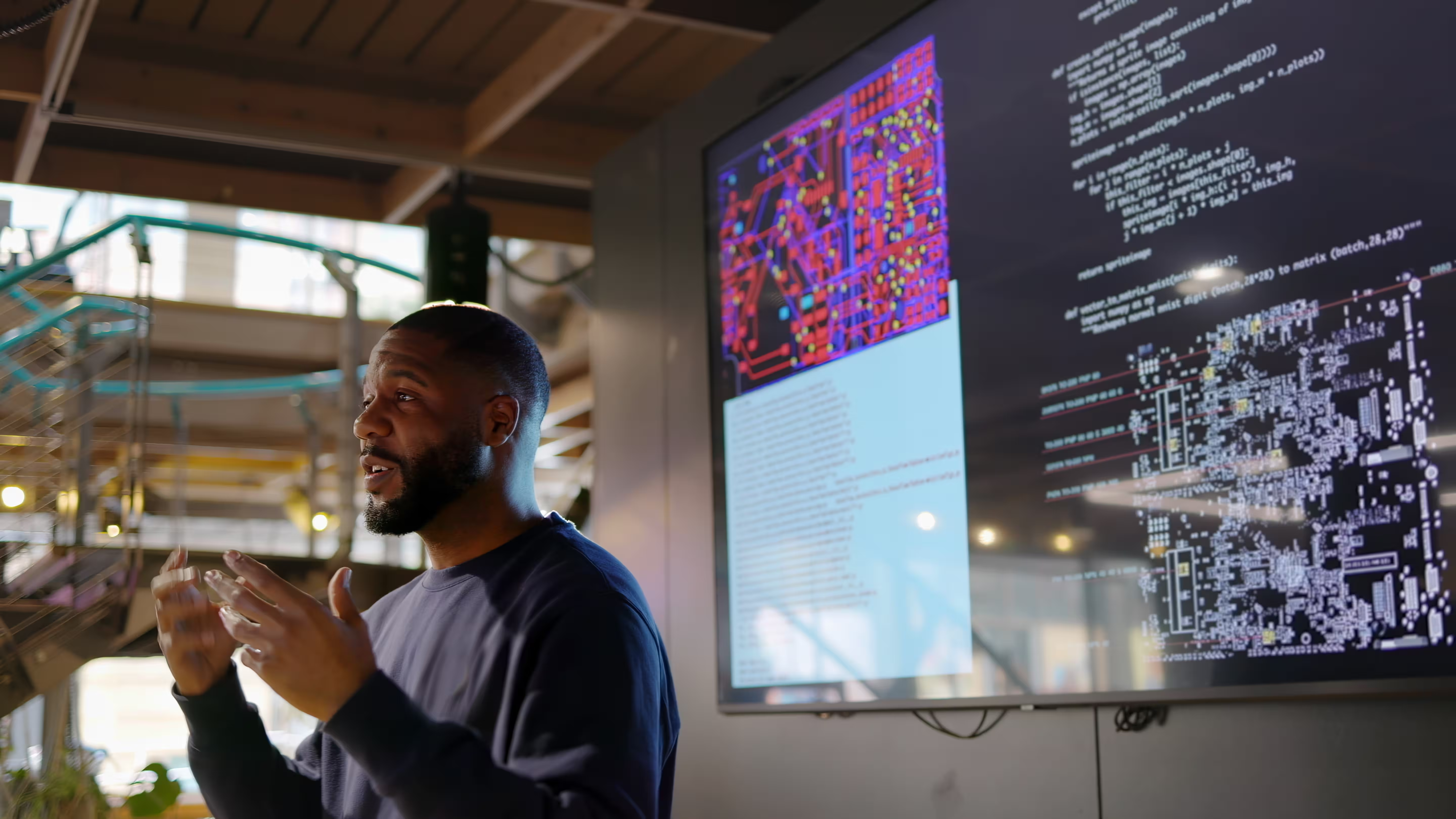Physical phone stores are still the primary driver of telecom brand perception and customer experience
Are customers hanging up on the phone store?
NCR takes a look at telecom retail and finds new opportunities
The scenario: you wake up one sunny day and realize you’d like a new phone. Opening your existing phone, you log onto your network provider's website, compare products, select, and buy with next-day delivery and free returns. Great! All sorted in minutes without even leaving your bed.
We know the reality of the decision-making and shopping process is much more complicated. But this scenario is not so far away from using eCommerce to make the purchase.
And with the growth of digital capabilities in reaction to pandemic lockdowns, the traditional consumer mindset has been disrupted. Businesses have been fast to introduce new initiatives to keep us engaged so we continue to purchase and interact with their brand. New technology solutions give us 24/7 access to grocery, 15-minute local convenience delivery, contactless payment and more - we have global reach without leaving the house.
With phones being a lifeline to function, it’s no surprise many service-based industries have disappeared from Main Street.
So, will traditional retail be the next to vanish? And where does telecom sit within the new customer mindset?
Paths to purchase
A recent NCR consumer study shows there has been a substantial shift in shopping preferences because of the pandemic, and the insight is loud and clear:

As you can see, shopping in person remains the most popular method, even as BOPIS (Buy Online, Pick-Up In-Store) and eCommerce gain ground. However, it is a significantly smaller portion now, down nearly 20 percent from earlier pandemic periods. And customers are showing other changes in shopping preferences too.
As challenges to traditional methods of shopping occur, one factor remains: customer demand for an exceptional experience and consistent service quality. For now, physical stores are still the primary channel to shape customers’ brand perception.
Retailers need to create better in-store visit incentives to gain customers and increase brand loyalty. Competition for attention will be fierce. And while we wait to see what will happen when we establish our “new normal,” retailers will certainly continue with last-mile delivery methods that customers now expect.
So what about the phone store—is it still needed?
The digital evolution hasn’t fully disrupted retail, especially when it comes to consumer lifestyle choices about product and services differentiation, function and customization. Customers still prefer to make buying decisions in-person, to inspect a new TV or try on an outfit. This isn’t possible on the internet.
This is especially true for the telecom industry. When a new phone is released, people want to see it, touch it, and compare products in a very real way. After all, it’s something we’re reportedly looking at on average 60 times a day. We also tap, touch or swipe about 4,000 times daily.
Our study showed:
- 55% of consumers rated interacting with products and having the confidence to leave with a working device the same day as the most important reasons to visit a store.
- In the same question, 33% rated having a “face-to-face” conversation as the most important reason to visit a store.
Additionally, the online retail reputation isn’t perfect:
While the majority of consumers (62%) prefer to do their research online:
- 58% say that trusting information, fulfillment-delivery and finding the right products are concerns with shopping online.
- 62% prefer having a “normal” conversation with another human.
So, brick-and-mortar stores still have advantages over online shopping:
- Physical product interaction and immediate stock availability
- Face-to-face customer service with knowledgeable staff
The tipping point
As the data implies, online is perceived as a preferred route to initially research and shop because it’s easier. But there’s clearly doubt and anxiety to purchase confidently online without product and human interaction.
Multiple studies show how the experience of destination shopping matters more to customers’ perceived value and loyalty than simply a cheaper price:
- 53% perceive the store location and total time taken (effort to travel and be served) as the main detractor to visiting stores.
- 67% said the most prominent issue when visiting a store was the time it takes for customer service. (Perception of speed to serve.)
Of course, there will be times when a store doesn’t get it right for the customer: product out of stock, incorrect information, negative attitude or long wait. These were the main service detractors that give stores a negative reputation.
Key insights for store direction will come by listening and gathering actionable data. And we should keep asking questions that will help define the store of the future:
- How will stores distinguish themselves to be more attractive to customers?
- How does the store recognize attributed value more than what the P&L sheet shows?
- What is the value of the brand within the local community?
Do you have a digital transformation strategy, and how effective is it in achieving your goals?
Click here to see the complete results from our survey. NCR Retail Transformation can help transform your customer journeys. NCR provides the technology infrastructure and UX solutions to help create powerful, engaging, and personalized digital experiences that can run your store operations from end-to-end. Click here to learn more.
Our data: NCR surveyed 600 Telecom customers, 20 questions, across 8 countries (USA / Canada / Germany / Spain / France / UK / Oman / UAE) about how they like to shop. Interestingly there was very little variance in results or percentage points between the countries and demographics, highlighting a consistent perception and outstanding opportunity throughout the Telco Industry.
Let’s explore what’s possible for your business. Our team is ready to connect and discuss tailored solutions that meet your goals.
Thank you for reaching out. A member of our team will be in touch shortly to continue the conversation.


.jpg)



%20(1).jpg)





%20(1).jpg)

%20(1).jpg)




%20(1).jpg)
%20(1).jpg)
%20(1).jpg)

%20(1).jpg)
%20(1).jpg)
.jpg)
.jpg)
.jpg)
%20(1).jpg)
.jpg)
.jpg)
.jpg)




.jpg)
.jpg)
.jpg)
.jpg)
